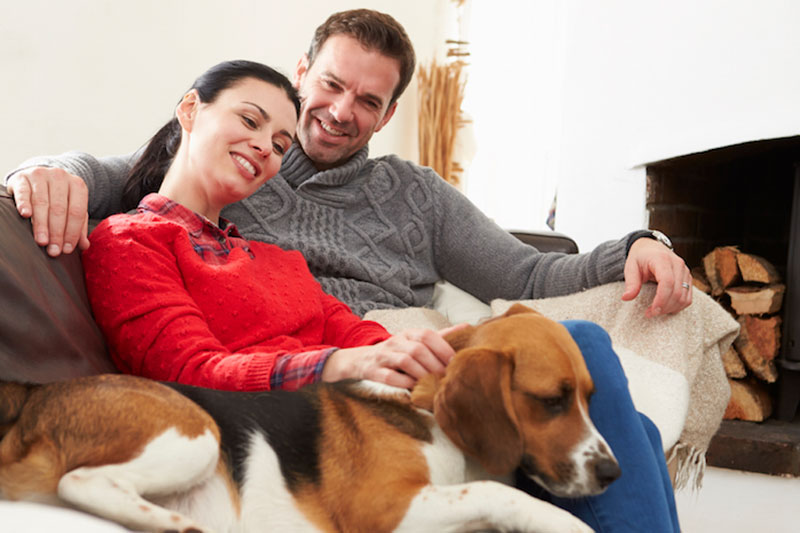
Having cozy heating and cooling in Plover, Wisconsin, all year appears to be a fantastic approach. But actually, how can you maintain a comfy home while controlling energy costs?
Having a cozy home in the colder months isn’t as difficult as you anticipate. But at times you could require expert assistance if you’re having hot and cold pockets. Or if your system doesn’t provide comfort like it once did.
If you’re having comfort trouble or need furnace repair, the heating and cooling experts at Point Heating & Cooling can help. Call us at 715-814-9741 to request an appointment today.
For the time being, here are a few suggestions on how to set your thermostat during the cooler months.
Decrease Settings When You Go Out
Decreasing the thermostat 10–15 degrees while you’re out for the day can save 5–15% on your utility costs, according to the Department of Energy. If your residence is empty most of the day, this is a fantastic method to decrease expenses. And when you consider what just 5% could do for your heating expenses, that can make a huge difference!
Lower Temps Why You Sleep
You can also turn down the temperature before you go to bed. It surprisingly benefits more than merely your gas expenses! The ideal temperature for going to bed is 60-67 degrees, according to the National Sleep Foundation. Your body gets colder naturally to aid in sleeping, so keeping your sleeping area chilly could help you fall asleep more easily.
Install a Smart Thermostat
One point to consider if you don’t already utilize it—a smart thermostat. You won’t have to go over to the thermostat to adjust it. In reality, you can lower it from nearly anywhere with your phone. A Wi-Fi thermostat also picks up on your family’s schedule and automatically changes the temperature to help you save more on heating.
Relax in a Comfier Home with Assistance from the Heating and Cooling Experts
Even if you don’t make major changes to your thermostat, a tiny adjustment can impact your gas costs.
While you are managing your thermostat, there are a couple other things to keep in mind during the cold months.
- Request an appointment for routine furnace maintenance. Heating service ensures your system is heating appropriately and could help make your heating system more efficient.
- Examine your furnace filter. If you don’t view light through it, you’re due to get a new one.
Both of these things will help ensure your heater is in top form to keep your residence comfy.
If you need help using a smart thermostat or have HVAC concerns, get in touch with the experts at Point Heating & Cooling to gain outstanding guidance. You can call us at 715-814-9741 or request an appointment online.
